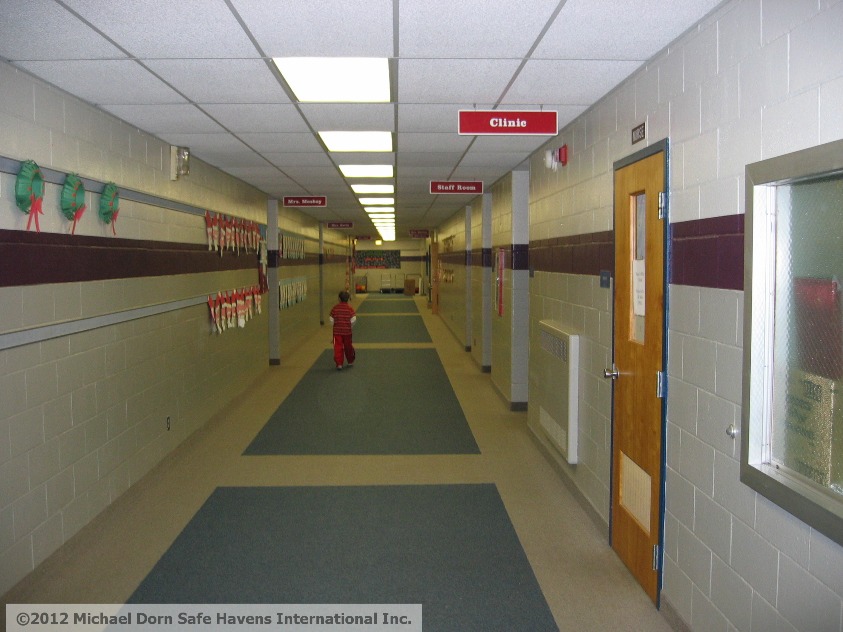
Students who are not being supervised in schools are more at risk
One of the most important aspects of school safety involves student supervision.
Effective student supervision practices reduce the risk of school safety incidents ranging from bullying, non-custodial abductions of students, sexual assaults on campus, weapons incidents, tornadoes and even terrorism. This is because improvements in student supervision are a powerful preventive measure while also being an important emergency preparedness tool.
For example, it is harder for someone to physically bully a student who is being closely supervised and it is not as easy to move students who are not being carefully supervised to safety if a tornado warning is received. One of the most common issues in school safety litigation involves student supervision. School safety expert witnesses are frequently asked to evaluate how much of an impact student supervision has had in a school safety incident.
Taking the time to focus on and properly address student supervision issues is time well spent.